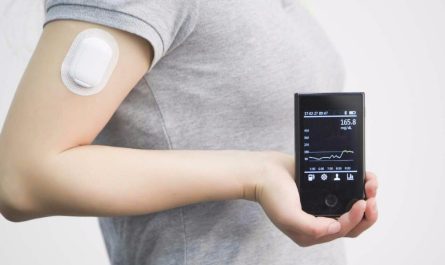The global Anti-Malarial Drugs Market is estimated to be valued at US$ 989.7 Mn in 2023 and is expected to exhibit a CAGR of 4.5% over the forecast period 2023 to 2030, as highlighted in a new report published by Coherent Market Insights.
Market Overview:
Anti-malarial drugs are pharmaceutical agents used for the treatment of malaria. Malaria is a life-threatening disease caused by parasites that are transmitted to humans through the bites of infected female Anopheles mosquitoes. The anti-malarial drugs market is driven by the high prevalence of malaria across tropical and subtropical regions of the world. According to the World Health Organization, there were about 241 million cases of malaria globally in 2020. The key anti-malarial drug classes available in the market include quinine, chloroquine, proguanil, mefloquine, pyrimethamine, sulfadoxine, atovaquone, proguanil, primaquine, and artemisinin and its derivatives. Anti-malarial drugs act by inhibiting the growth and multiplication of the parasites in the red blood cells or by preventing their transmission from human to mosquito. They provide effective treatment against malaria caused by all four human Plasmodium species.
Market Key Trends:
One of the major trends witnessed in the anti-malarial drugs market is increasing investment by governments and non-profit organizations towards malaria elimination programs. For instance, organizations such as the Global Fund to Fight AIDS, Tuberculosis and Malaria, UNITAID, and the U.S. President’s Malaria Initiative (PMI) are actively working with endemic countries to scale up prevention and treatment efforts against malaria. Moreover, continuous research and development activities to develop new-generation anti-malarial drugs with novel mechanisms of action, improved efficacy, safety, tolerability, and single-dose treatment regimens are supporting the growth of the market. Recently, arterolane combined with piperaquine was approved as the first single-dose anti-malarial treatment for Plasmodium falciparum malaria.
Porter’s Analysis
Threat of new entrants: The threat of new entrants is low due to the need for high R&D investment and strict regulations for drug approval.
Bargaining power of buyers: The bargaining power of buyers is moderate since there are a few large buyers like UNICEF and government healthcare organizations.
Bargaining power of suppliers: The bargaining power of suppliers is moderate as there are many API and raw material suppliers for anti-malarial drugs.
Threat of new substitutes: The threat of new substitutes is low as malaria has limited treatment options currently available.
Competitive rivalry: Fierce competition exists between major players.
Key Takeaways
The global anti-malarial drugs market is expected to witness high growth, exhibiting CAGR of 4.5% over the forecast period, due to increasing prevalence of malaria across tropical and subtropical regions.
Regional analysis: Asia Pacific region dominates the global anti-malarial drugs market and is expected to grow at a high rate during the forecast period. Countries like India and Africa have high prevalence of malaria and contribute significantly to the market growth.
Key players operating in the anti-malarial drugs market include Ipca Laboratories Ltd., Zydus Group, Merck KGaA, Pfizer Inc., GSK plc., Cipla Inc., Sun Pharmaceutical Industries Ltd., Novartis AG, Alvizia Health Care, Bayer AG, and F. Hoffmann-La Roche Ltd. Major players are focused on developing new drugs to treat resistant malaria strains.



